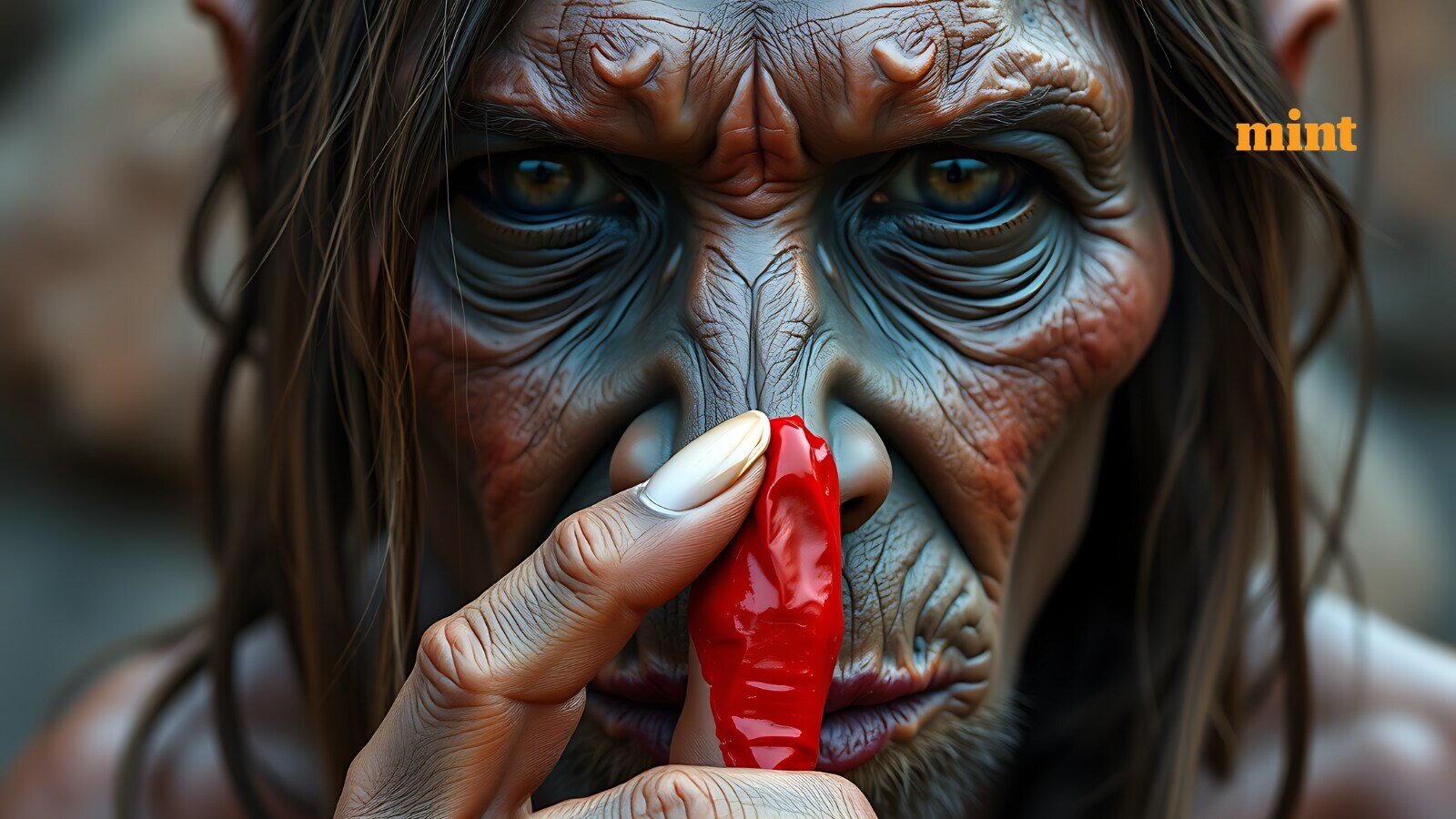This NASA image of Dumbbell Nebula is enough to leave you dumbstruck as the snapshot may remind you of a balloon that has been pinched in the middle and has a colourful, mottled texture. The nebula is also known as Messier 76 or M76 and is located 3,400 light-years away in the northern circumpolar constellation Perseus. The name ‘Little Dumbbell’ comes from its shape, which is a two-lobed structure. The red colour is from nitrogen, and the blue is from oxygen.
Omega Centauri is the largest and brightest globular cluster in the skyandmight also host a black hole. The image helped NASA Hubble detect seven high-speed stars in the innermost region of Omega Centauri. The high-speed stars inside Omega Centauri are an indication of the possible presence of an intermediate-mass black hole (IMBH). You can enjoy the view of Omega Centauri from the Earth with naked eyes from some locations. The view is also a famous pasttime for stargazers.
NASA image provides a glimpse of how the symbiotic star Mira HM Sge will look like in outer space. The symbiotic star can be found nearly 3,400 light-years away in the constellation Sagitta. The mesmerising pair consists of a red giant and a white dwarf companion.
This is an artistic image of a brown dwarf. In this image, the red color is the result of wind-driven horizontal bands of thick clouds that may alternate with relatively cloud-free bands. A brown dwarf is a celestial object whose size may fall between a giant planet and a small star. The object is expected to emit mainly infrared radiation.
Galaxy AM 1054-325 has been distorted into an S-shape from a normal pancake-like spiral shape by the gravitational pull of a neighboring galaxy, seen in this Hubble Space Telescope image.




